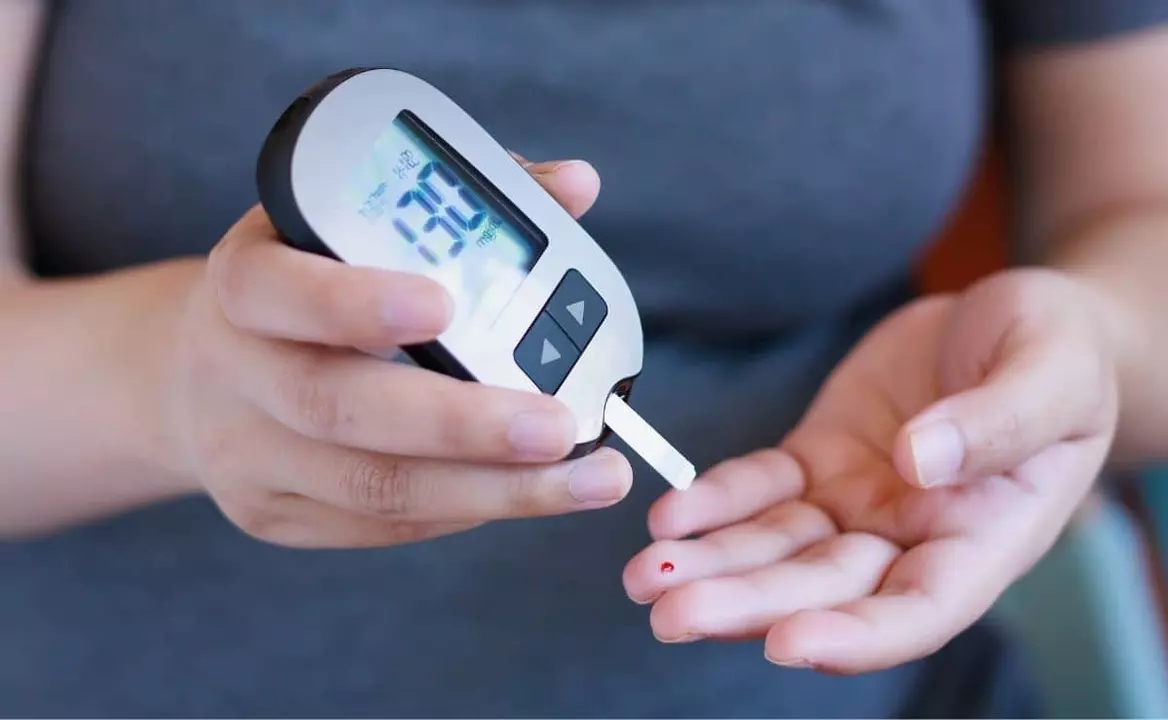
Glucose Levels Explained – What They Are and How to Keep Them Stable
If you’ve ever heard the term “glucose level” and wondered what it really means, you’re not alone. Glucose is just another word for blood sugar – the fuel your body uses for energy. Keeping that number in a healthy range helps you feel steady, avoid cravings, and lower the risk of long‑term problems like diabetes.
Why Glucose Matters
Your body pulls glucose from the food you eat, especially carbs like bread, fruit, and sweets. Hormones such as insulin move that sugar into cells where it can be used or stored. When the balance tips too high or low, you’ll notice symptoms: fatigue, shaky hands, headaches, or extra thirst. Over time, consistently high levels can damage blood vessels and nerves.
For people with diabetes, watching glucose is a daily habit. Even if you don’t have a diagnosis, knowing your numbers helps you spot patterns before they become an issue. A quick finger‑stick test or a continuous monitor shows where you stand right now, not just what the doctor says at the next appointment.
Practical Tips to Manage Your Blood Sugar
1. Test Regularly – Use a glucometer or a CGM (continuous glucose monitor) to get real‑time readings. Aim for a few checks a day if you’re on medication; otherwise, test before meals and when you feel symptoms.
2. Choose Smart Carbs – Not all carbs are created equal. Whole grains, beans, and veggies release glucose slowly, keeping spikes down. A study‑backed supplement like Glycomet (metformin) can help if your doctor recommends it, but food should be the first line of defense.
3. Pair Protein with Carbs – Adding protein or healthy fat to a carb snack slows digestion. Try an apple with peanut butter instead of just the fruit alone.
4. Move Your Body – A brisk 20‑minute walk after meals can lower glucose by up to 15 %. You don’t need marathon training; simple activities work.
5. Manage Stress and Sleep – Both raise cortisol, which pushes sugar up. Aim for 7–8 hours of sleep and try breathing exercises when you feel stressed.
6. Stay Hydrated – Water helps kidneys flush excess sugar. Swap sugary drinks for plain water or herbal tea.
7. Review Meds and Supplements – If you’re on prescription drugs, check with your pharmacist how they affect glucose. Some antibiotics or steroids can cause spikes.
Putting these steps together creates a routine that’s easy to follow. You don’t need to become a scientist; just pick one tip each week and build the habit.
Remember, tracking glucose isn’t about obsessing over numbers – it’s about giving your body the information it needs to stay balanced. When you catch a high reading early, a small snack or a short walk can bring it back to range before you even notice any symptoms.
If you’re new to monitoring, start simple: buy an affordable meter, test first thing in the morning and two hours after lunch for a week. Look at the pattern, then add another tip like swapping a sugary soda for water. Small changes add up fast.
Keeping glucose levels steady is one of the most practical ways to boost energy, mood, and long‑term health. You’ve got the tools – now give them a try and see how much better you feel.
-
30 Apr







